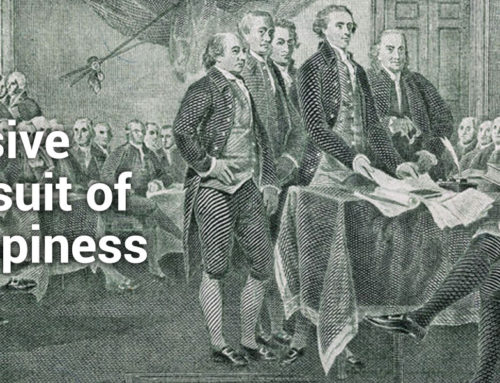In a previous blog (here), we provided an overview of the 6 steps to developing a winning strategy shown in the figure below. The strategic planning process starts with the development or updating of the organization’s mission, vision and values and finishes with a strategy designed to fulfill its mission and achieve its vision.

The first step in the strategic planning process is conducting a self-assessment. The purpose of the self-assessment is to gain a thorough understanding of the organizations’ strengths, weaknesses, and assets/resources available to it.
On the surface, it would appear that conducting a self-assessment would be the easiest of the 6 strategic planning steps to conduct. After all, all the data you need are readily accessible within your organization. It turns out that most self-assessments suffer from self-deception due to ignorance, arrogance or both. The larger the organization, the more difficult it is to get the critical information you need as it is often dispersed throughout the organization. Ignorance of key organizational strengths can often result in missing strategic opportunities. Ignorance of key organizational weaknesses can result in making poor decisions that adversely affect the success of the strategy during implementation.
On the other hand, too often managers suffer from overestimating the strengths and minimizing the weaknesses of their organizations. This arrogance is often a result of being enamored with your technology or disenchanted with the behavior of a technical team despite the value of their outputs. It leads to faulty decision-making.
Having been involved in leading several turnaround efforts in S&T organizations, I have developed a healthy skepticism for existing self-assessments. For example, one organization I was asked to turn around was losing key long-term clients and was convinced that the cause of its problem was that its costs were too high and blamed the organizations overhead rate. It turned out that the key managers had overestimated the quality of the products they were delivering to clients. When I spoke to several clients, they expressed disappointment with the quality and timeliness of deliverables. This led to a key element of a strategy going forward to improve quality that resulted in recapturing several of client accounts and a return to profitability.
In another example, an organization that I took over had just experienced a major setback in a key strategic initiative. When I asked several staff scientists what they thought went wrong, they all expresses the same thought. “We knew all along that the strategic initiative wouldn’t work” and had convincing evidence to back up their claim. When I asked why this wasn’t brought to the attention of senior management, they said that when they expressed concerns at a meeting, management reaction was so negative that they thought best to keep their mouths shut.
One of my managers whom I admire once told me that the best managers have a bit of paranoia in them, always questioning whether their products and services are good enough and whether competitors are close to outcompeting them. This is good advice when conducting a self-assessment. Err on the side of caution by challenging all of the existing assumptions.
For a more in-depth discussion of this topic, read Leading Science and Technology Organizations: Mastering the Fundamentals of Personal, Managerial, and Executive Leadership.


